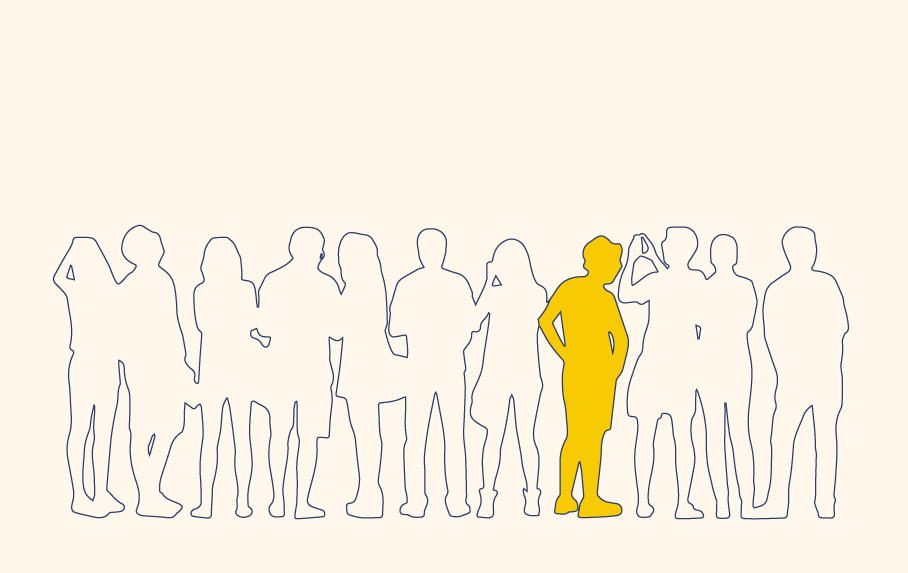There’s a phenomenon in human science known as homeostasis where the body works hard to maintain balance. Since this balance is fundamental to our survival, our bodies have evolved and adapted to perform countless processes that keep everything ticking along in perfect harmony. However, when your body encounters a disease state, this balance gets thrown out. Diabetes is one of these conditions.

Through evolution, our systems have become highly effective at responding to stimuli and sending the relevant signals to regulate change. You may not even notice these changes, but some of them are the release of hormones, neurotransmitters and even physical responses. One key process is the amount of glucose circulating in your blood at any one time.
Blood glucose is managed by several hormones, but insulin is the most prominent and vital for human survival. But what is insulin? Glad you asked! Insulin allows glucose molecules to travel from the blood into your cells where it can be used as energy. In fact, every single cell in the body uses glucose – skeletal muscle cells, intestinal cells, liver cells – literally every cell!
For those who suffer from diabetes, this process is disrupted, and the body is no longer efficient at using insulin to control the amount of glucose in the blood. This means that blood sugar levels may fall or skyrocket out of the normal range that would typically be maintained.
Depending on the type of diabetes, this disruption occurs through different means. But, what’s the difference between type 1 and type 2 diabetes?
Type 1 diabetes is an autoimmune condition where the body destroys the cells that produce insulin (located in the pancreas), meaning you can’t produce insulin.
In the case of type 2 diabetes, however, the body becomes resistant to insulin. So unlike type 1 diabetes, the body is still producing insulin, but the relevant cells no longer respond effectively.
Because insulin is essential to our survival, insulin therapy is necessary for those suffering from type 1 diabetes. Type 2 diabetes, on the other hand, can be managed and even reversed in some cases with lifestyle interventions.
Bear in mind that individualised treatment is key, and depending on a variety of unique factors, your doctor may or may not prescribe insulin therapy and/or other medications. Diabetes is a serious and complex condition that can be managed in a number of different ways. After you’ve spoken to your health care professional about the correct amount of medication and insulin therapy, lifestyle intervention is undoubtedly effective at helping to manage diabetes… regardless of what type you have.
Get your blood pumping
There’s a common misconception that exercise can be dangerous for those with diabetes due to the risk of hypoglycaemia (where blood glucose falls too low, causing fainting or dizziness). But this is not the case! Exercise is perhaps the most underrated way to balance blood sugar and manage diabetes as it has a direct and immediate effect on blood sugar, because your cells use glucose to produce movement.
“Both low and high-intensity exercise are a brilliant inclusion for anyone managing diabetes.”
Aerobic activity is associated with substantially lower cardiovascular risks and overall mortality rates in both type 1 and type 2 diabetes sufferers. This means exercising at a low to moderate intensity and may include walking, jogging, hiking, swimming, cycling or running. In people with type 1 diabetes, this kind of exercise has been shown to decrease insulin resistance, increase fitness and improve blood lipid levels. And for people with type 2 diabetes, regular exercise has been shown to reduce blood pressure, triglycerides and, most importantly, decrease insulin resistance. It’s a win, win!
Higher intensity exercise such as HIIT training and sprinting has been shown to not only improve the efficiency of your muscles, but also improve insulin sensitivity and glycaemic control in adults with type 2 diabetes. This can even be performed without deterioration in glycaemic control in type 1 diabetes sufferers, just be sure to monitor your blood glucose levels.
Both low and high-intensity exercise are a brilliant inclusion for anyone managing diabetes. In fact, exercise opens the cell up to glucose (the job of insulin), so it’s a more effective way to balance blood sugars.
Remember to start slowly…if you’re new to exercise, just 30 minutes of walking is a great place to start. Chat with your health care professional about the best way to incorporate exercise into your daily routine.

Timing your carbohydrates around exercise
Carbohydrates are broken down into glucose by the body, so in the case of diabetes, it’s important to take extra note of carbohydrate consumption. If you can, it’s best to consume carbohydrates around exercise as not only will your body use that glucose first, but you’ll be more sensitive to insulin – a good thing!
Consuming carbohydrates straight before exercise will allow some of the glucose to be used while you’re active, in turn naturally lowering your blood glucose level. On the other hand, as exercise up-regulates insulin receptors, eating carbohydrates immediately after exercise means you will be more receptive to any insulin, so you’ll likely be able to get by on a smaller dose.
If workouts aren’t a part of your daily schedule yet, start with an easy walk after a meal. It’s not only a brilliant way to let your food digest, but you’ll avoid the temptation of dessert and perhaps even have an interesting conversation with someone special.

Adopting a low carbohydrate diet in general…
As I’ve said, carbohydrate intake is a vital factor in managing diabetes. While everyone is different, low-carb diets have consistently been shown to lower blood sugar and improve overall health, especially for those with diabetes as they’ve been shown to improve glycaemic control. There are different measures of “low-carb”, but if you can focus on reducing overall carbohydrates in every meal (and time them around exercise), your body will thank you for it. Reducing carbs to any extent can help control how much your blood sugar rises after eating.
But remember, adopting a low-carbohydrate diet is so effective that it will affect the amount of insulin therapy required. To avoid the risk of hypoglycaemia, have a chat with your doctor about the best way to manage a low-carb eating style with your current insulin therapy and medications.
Try these simple swaps – substitute starches like bread, pasta, potatoes and grains – for green leafy vegetables like spinach, silver beet, kale, broccoli and zucchini. Yum!







